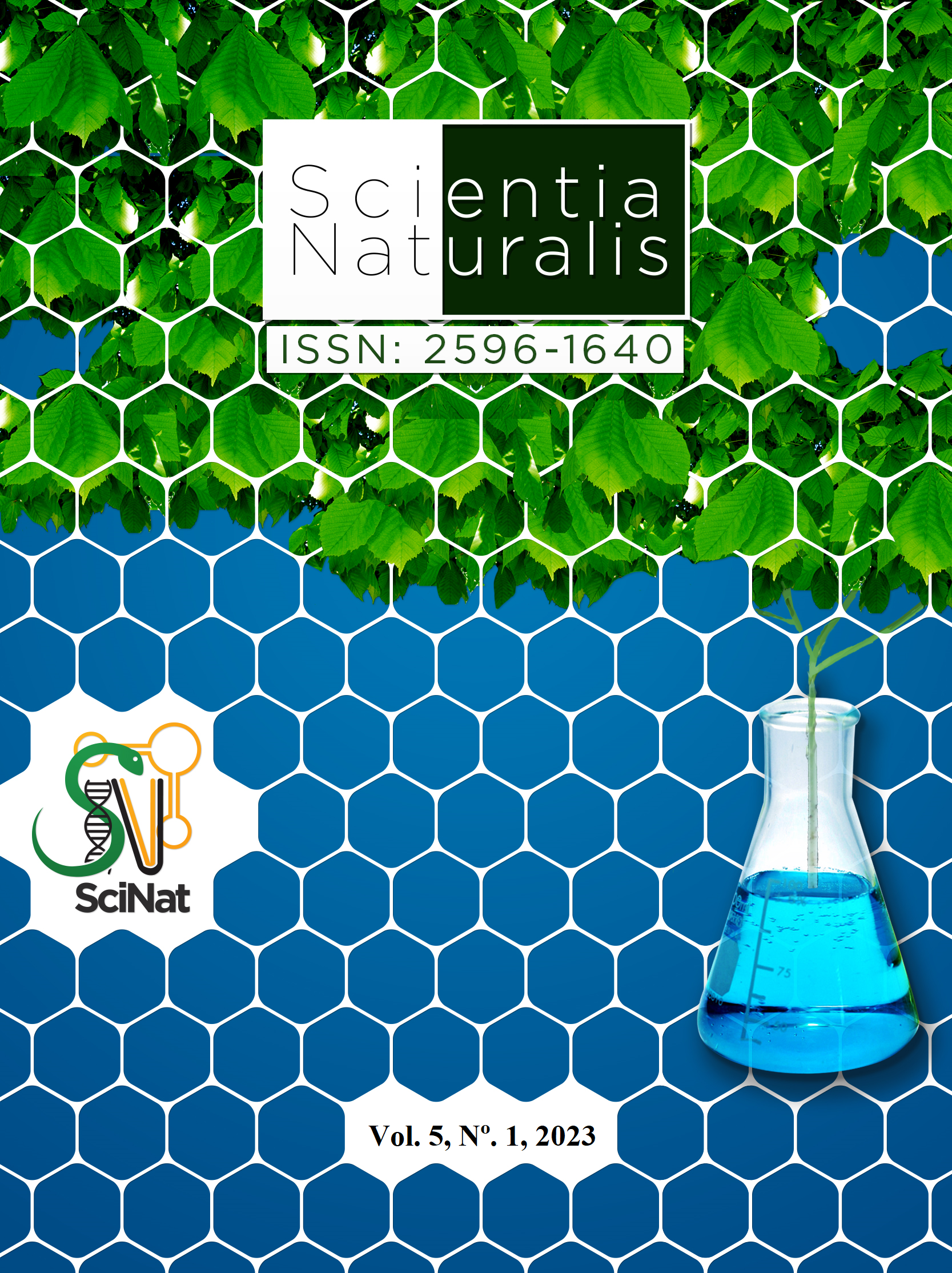Potential of terrestrial LiDAR technology in the forest area
DOI:
https://doi.org/10.29327/269504.5.1-29Abstract
Remote sensing techniques allow managers and forest managers to efficiently, quickly and accurately collect variables that are difficult to obtain on a large scale. Terrestrial LiDAR is a technology with high potential for forest data collection, such as measuring biomass, forest structure and diversity. Therefore, the objective of this work was to present a bibliographic review on the potential of terrestrial LiDAR technology as an alternative tool for remote sensing in obtaining forest data and information. Terrestrial scanners (TLS) allow 3D representations of the spatial distribution of forest canopy elements to be performed, in addition to providing metrics without destructive sampling of trees, especially useful for biomass survey studies. However, its use has been limited due to lack of financial resources to invest in cutting-edge technologies, lack of qualification and training to operate and analyze the collected data, insufficient infrastructure for storage and processing of large volumes of data and high cost. To overcome these limitations, it is important that there is greater investment in research and development. With increasing awareness of the importance of forest monitoring, it is hoped that these limitations can be overcome in the future.




